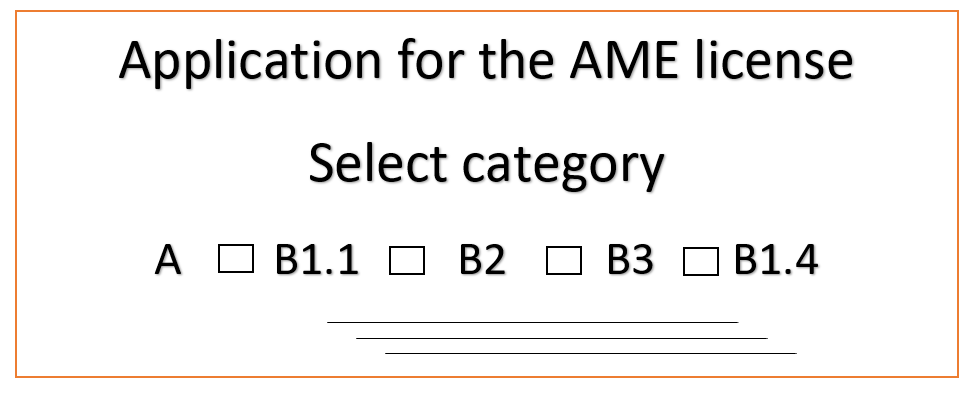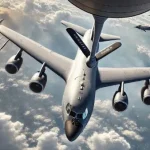To pursue a career as an Aircraft Maintenance Engineer (AME) and work in the field of aviation maintenance, individuals must meet specific eligibility criteria to obtain an AME license. These criteria vary depending on the country or aviation authority but typically encompass a combination of educational qualifications, practical experience, technical training, examinations, language proficiency, and medical fitness.
Meeting these requirements ensures that aspiring AMEs possess the necessary knowledge, skills, and competencies to maintain and ensure the airworthiness of aircraft. Understanding how to become AME and the eligibility criteria is essential for individuals interested in embarking on this exciting and vital career path within the aviation industry.
However, here are some common eligibility requirements to acquire an AME license:
1. Educational Qualifications:
Typically, a minimum educational qualification of high school or equivalent is required. Some countries may have specific academic requirements, such as completion of a relevant aviation maintenance program or a diploma in aircraft maintenance engineering.
2. Age Requirement:
The minimum age to apply for an AME license is usually 18 years or older. This ensures that applicants have reached the legal age to work in the aviation industry.
3. Technical Training:
Completion of a recognized aircraft maintenance training program is often necessary. These programs provide theoretical and practical knowledge on aircraft systems, maintenance procedures, and safety regulations.
The duration and specific requirements of the training program can vary. If anyone is going for technical training, he should look for an approved training program. This approval is given by the national aviation authority or EASA or FAA. If this training is appropriately approved, other requirements like practical experience will be less for him. See more details on this in point number 4.
4. Practical Experience:
Applicants are generally required to accumulate a specific amount of practical experience in aircraft maintenance. This can be gained through apprenticeships, internships, or on-the-job training under the supervision of licensed aircraft maintenance professionals. Practical experience can vary depending on the technical training. Lets see what are they-
According to the EASA regulation 66.A.30 experience requirements for basic license-
- For category A, Subcategories B1.2, B1.4 and B3:
- If the applicant does not have any previous technical training approved by the competent authority, he has to obtain 3 years of practical maintenance experience on operating aircraft.
- If his technical training is considered as skill worker by the competent authority, he will have to obtain 2 years of practical maintenance experience on operating aircraft.
- If the technical experience is appropriately approved by the competent authority under Annex IV (Part-147), he will require only 1 year of practical maintenance experience.
- For category B2 and subcategory B1.1 & B 1.3
- If the applicant does not have any previous technical training approved by the competent authority, he has to obtain 5 years of practical maintenance experience on operating aircraft.
- If his technical training is considered as skill worker by the competent authority, he will have to obtain 3 years of practical maintenance experience on operating aircraft.
- If the technical experience is appropriately approved by the competent authority under Annex IV (Part-147), he will require only 2 years of practical maintenance experience.
Like the above categories, there are also many other categories and subcategories where you require specific practical maintenance experience based on what you have at the time of application. Learn more about the Part 66 regulations for licensing requirements. Every country has a few variations in licensing procedure but more or less than 95% of the regulations are similar to each other.
5. Examinations
Successful completion of written examinations is typically mandatory. These exams assess the knowledge and understanding of aircraft maintenance regulations, procedures, and technical aspects. The examinations may consist of multiple-choice questions or practical assessments.
6. Language Proficiency
Demonstrating proficiency in the language of aviation communication, usually English, is essential. This ensures effective communication between aircraft maintenance personnel and other aviation professionals worldwide.
7. Medical Fitness
Applicants must meet specific medical standards to ensure they are physically fit to perform aircraft maintenance duties safely. This typically involves passing a medical examination conducted by an authorized aviation medical examiner.
It is important to note that the eligibility criteria may differ across jurisdictions, and it is advisable to refer to the regulations and guidelines of the specific aviation authority or country where you intend to obtain an AME license for accurate and up-to-date information.



